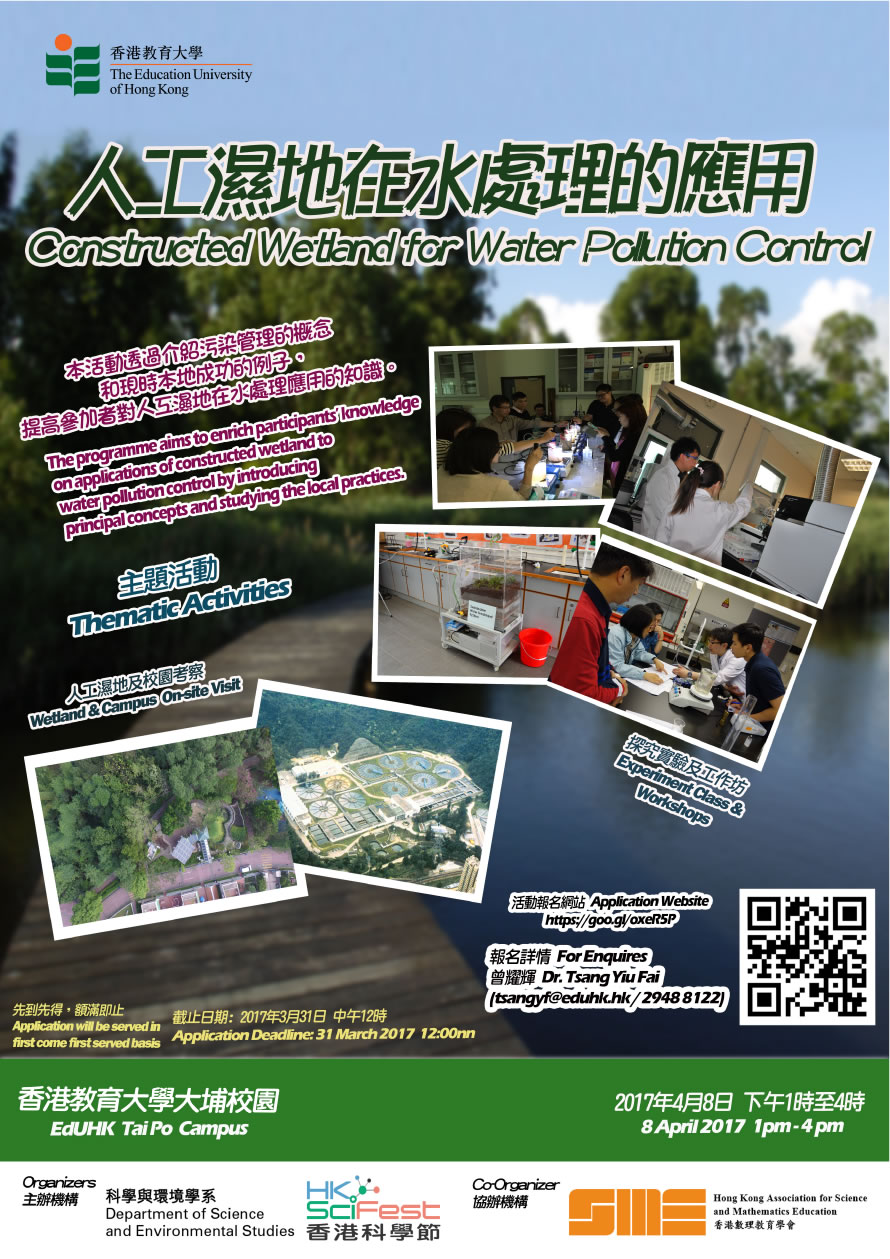

|
|
|
|
|
|
|
|
|
Research/RAE > Research Projects
 |
Dr. LEUNG Chi Fai - Sustainable Organohydride Cofactor Regeneration on Molecular Transition Metal Catalysts for Enzymatic Biotransformation
Chief Investigator:
Dr. LEUNG Chi Fai
Project Year:
2016-2018
Description:
Our industrial and societal development is heavily dependent on a number of unsustainable and energy intensive multi-electron redox processes, e.g. Haber-Bosch process, to derive and utilize the necessary resources, generating thus excessive greenhouse gas (carbon dioxide). In face of fossil fuel depletion and global climate change, a sustainable and efficient approach of resource and energy utilization will be desirable. Enzyme-catalyzed redox transformation, e.g. by NAD(P)-dependent oxidoreductase, is not only pivotal in biological solar energy conversion (photosynthesis), but also considered as a promising approach for chemoselective and enantiospecific conversion at preparative scale, especially in pharmaceutical industry. However, for its full potential to be harnessed, the co-enzyme challenge, i.e. the regeneration of the oxidizing/reducing equivalents NAD(P)+/NAD(P)H, must be overcome. Reductive regeneration of the enzymatically active 1,4-dihydronicotinamide cofactor involves the concerted transfer of one-proton and two electrons, usually in form of a hydride. Direct electrochemical or chemical regenerations are often inefficient as a result of side-reactions, which produce enzymatically inactive product. Indirect electro- or chemoenzymatic approach using a second enzyme as the electron mediator, though extensively studied, is usually substrate-selective and less tolerant to the change in reaction conditions, rendering the overall coupled reactions complicated to control. So far, only a few literature examples of enzymatic relay fulfill the efficiency needed for commercial applications Transition-metal catalysts are found to effectively mediate concerted transfer of multiple electrons. However, transition-metal regeneration catalysts studied so far are mostly confined to second and third-row transition metals (Rh, Ir and Ru). Catalysts of precious metals are not only uneconomic, but also more tend be toxic and susceptible to poisoning or inhibition, especially by enzymes with metal-binding amino acid side-chains. Therefore, we propose herein to develop sustainable organohydride cofactor regeneration catalysts using earth abundant first-row transition metals. A series of Co, Cu, Fe and Ni complexes containing macrocyclic π-acceptor ligands (imines, oximes and porphyrins) will be synthesized. A systematic investigation will be performed, so that these catalysts will be fine-tuned structurally and electronically to catalyze the reaction with a lowered overpotential and enhanced efficiency. Their catalytic activities will be examined using an electrochemical approach. Variation of intrinsic catalytic properties such as apparent catalytic rate constant (kcat) and turnover frequency as a function of the overpotential (TOF vs η) with different substituents and functionality will be investigated. The catalytic activities will also be evaluated in terms of catalyst stability, product selectivity for the active isomer, current efficiency and product turnover number (TON). It is believed the efficiency and selectivity of the catalytic process will be enhanced through such systematic variations in the coordination sphere. Chemical, electro- and photochemical cofactor regeneration will be performed with selected catalysts. Finally, the catalysts will then be assessed for their compatibility with various amino acids/enzymes and coupled with the enzymatic redox synthesis using common model enzyme/substrate combinations. Our proposed studies should provide valuable insights in the design of molecular catalysts for efficient cofactor regeneration and contribute to the sustainable application of enzymatic redox biotransformation.




